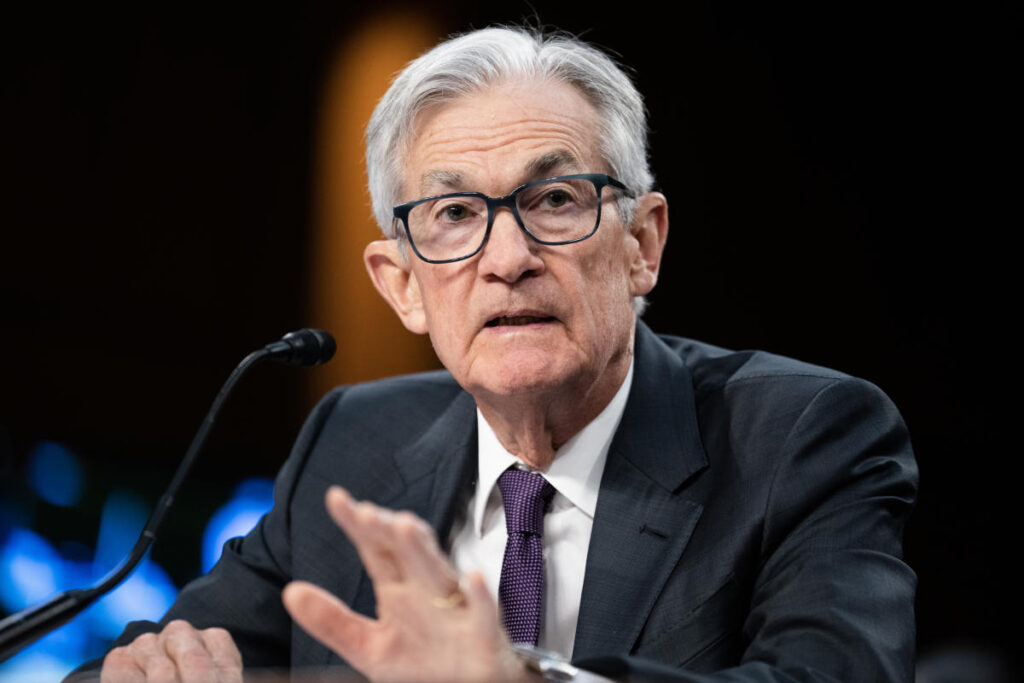A hotter-than-expected inflation reading at the start of 2025 makes it much more likely that the Federal Reserve will keep rates on hold for the foreseeable future, reinforcing a cautionary stance from Fed Chair Jerome Powell and other central bank policymakers.
«I would say we’re we’re close but not there on inflation,» Powell said Wednesday in an appearance before House lawmakers, citing the new reading released earlier in the day.
So «we want to keep policy restrictive for now.»
Markets are adjusting their expectations for what the Fed may do this year. After the latest data from the Bureau of Labor Statistics showed that the Consumer Price Index (CPI) rose more than forecast in January, traders reduced their prediction of 2025 rate cuts down to just one — and not until much later in the year.
«It really does push the timeline into the second half of the year if things go well,» Claudia Sahm, chief economist at New Century Advisors and former Fed economist, told Yahoo Finance.
Read more: How the Fed rate decision affects your bank accounts, loans, credit cards, and investments
On a «core» basis, which strips out the more volatile costs of food and gas, prices in January climbed 0.4% over the prior month — higher than December’s 0.2% monthly gain and the largest monthly rise since April 2023.
Core CPI prices also rose 3.3% over last year, marking an uptick from the 3.2% seen in December, which was the first time since July that year-over-year core CPI showed a deceleration in price growth.
Fed officials were already predicting a cautious stance in 2025 before today’s reading.
In December they predicted two cuts for all of 2025, downgrading a previous estimate of four, due to the uncertain path of inflation and concerns about the effect of economic policies from the new Trump administration.
Powell reinforced that view in appearances before Senate and House lawmakers Tuesday and Wednesday, saying the Fed can hold rates steady for longer if the economy remains strong and inflation does not continue to move sustainably toward a target of 2%.
«We do not need to be in a hurry to adjust our policy stance,» Powell said.
But the higher inflation reading may heighten pressure on Powell as he navigates the trade policies from the Trump administration that some economists predict will push inflation higher and political calls for rates to go lower from both sides of the aisle.
In a social media post on Wednesday, President Donald Trump called for the rates to go lower, although he didn’t specify whether he was talking about the Fed’s short-term rates or longer-term borrowing costs.
Story Continues


